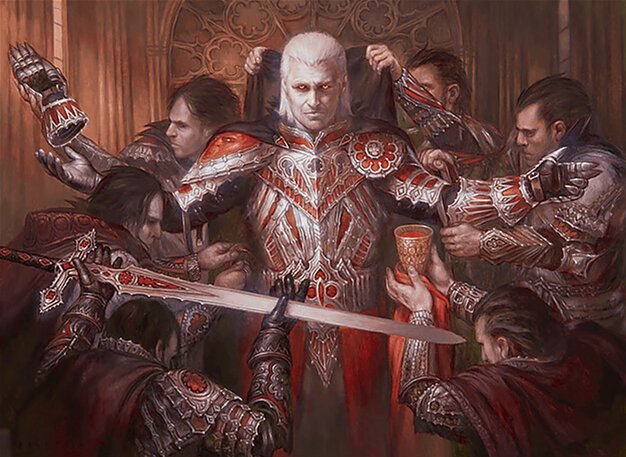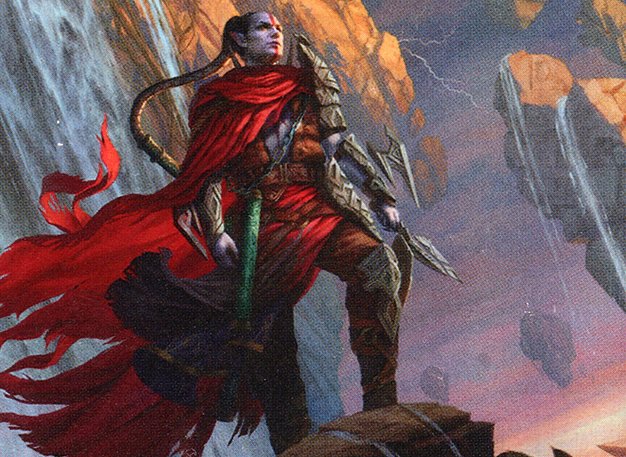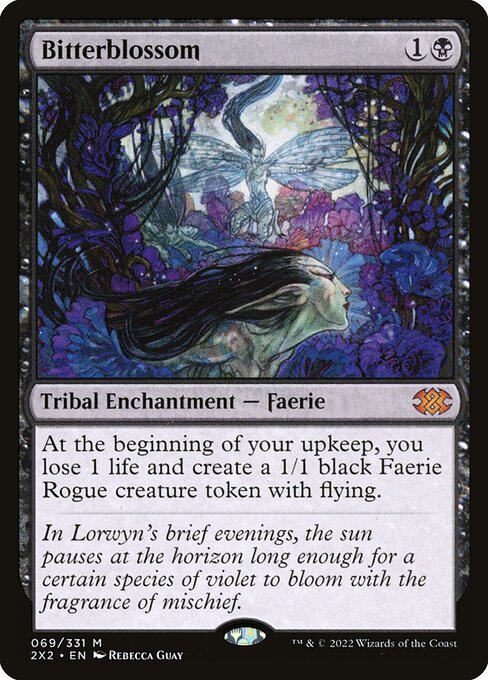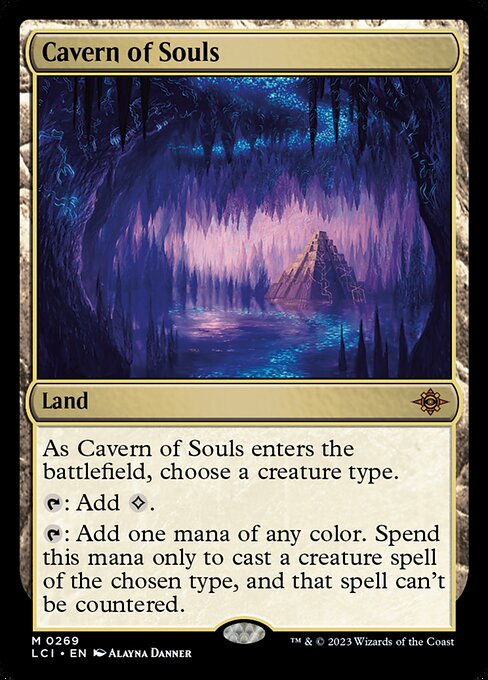Deck & Commander Strategies

Edgar Markov
Aggressively builds a vampire tribal army through creating vampire tokens and leveraging anthem effects to overwhelm opponents quickly.

Feldon of the Third Path
Uses graveyard recursion to bring back powerful Eldrazi creatures and other threats, maintaining board presence and overwhelming opponents with raw power.

Anowon, the Ruin Thief
Controls the game tempo with disruption and steal effects, using rogue synergies and counterplay to weaken opponents' hands and boards.

Dina, Soul Steeper
Executes an Aristocrats style plan by sacrificing creatures to generate incremental damage and life-drain effects, slowly wearing down opponents.
Gameplay Insights
- 1
Early focus on targeting Edgar Markov’s vampire tokens shaped player alliances and attack decisions.
- 2
Feldon’s graveyard recursion proved pivotal in maintaining pressure despite board wipes.
- 3
Anowon’s tempo disruption and theft effects created opportunities to destabilize opponents' game plans.
- 4
Dina’s incremental ping and sacrifice effects contributed to steady damage output, pressuring multiple opponents simultaneously.
- 5
The interaction between Bitterblossom’s constant token generation and removal spells tested players’ resource management and timing.
- 6
Foretelling spells allowed for surprise plays and flexibility in response to board state changes.
Notable Cards
-

Bitterblossom
-

Cavern of Souls
Gameplay Summary
The game featured a four-player Commander match with each player piloting distinct decks centered around their commanders: Edgar Markov, Feldon of the Third Path, Anowon, the Ruin Thief, and Dina, Soul Steeper.
Early game developments involved players establishing their board presence, with Edgar Markov quickly generating a vampire army, posing an immediate threat to the table.
Feldon focused on resurrecting Eldrazi creatures, leveraging graveyard recursion to pressure opponents.
Anowon played a tempo-oriented rogue deck utilizing disruption and theft effects to control opponents’ resources, while Dina’s Aristocrats deck aimed to chip away at opponents by sacrificing creatures and pinging for incremental damage and value.
Tensions were high as players acknowledged Edgar’s vampire swarm as the primary target and coordinated attacks accordingly.
Key plays included multiple board wipes and resource denial attempts, with several players leveraging synergies like life gain and creature recursion to survive the vampire onslaught.
The game progressed with strategic attacks and defensive plays, culminating in a shifting balance of power as players attempted to outmaneuver each other through timely removal and combat tricks.



















![Tax Evasion, ft. Edgar Markov, Dina, Venser, and Kaalia [EDH/Commander Gameplay 2023] thumbnail](https://i.ytimg.com/vi/AZnPFQGDUFg/sddefault.jpg)
![Krark & Sakashima vs Yuriko vs Dina vs Edgar [EDH/Commander, Magic The Gathering Gameplay 2022] thumbnail](https://i.ytimg.com/vi/1zJKNsziD2Y/sddefault.jpg)


















![Commander VS S7E8: Wrexial vs Rakdos vs Zur vs Feldon [MTG] thumbnail](https://i.ytimg.com/vi/uShPuN5yal8/sddefault.jpg)

![Commander Versus Series: Deck Tech - Roon Vs. Feldon [Magic: the Gathering] thumbnail](https://i.ytimg.com/vi/p2hWuKl9X00/sddefault.jpg)












